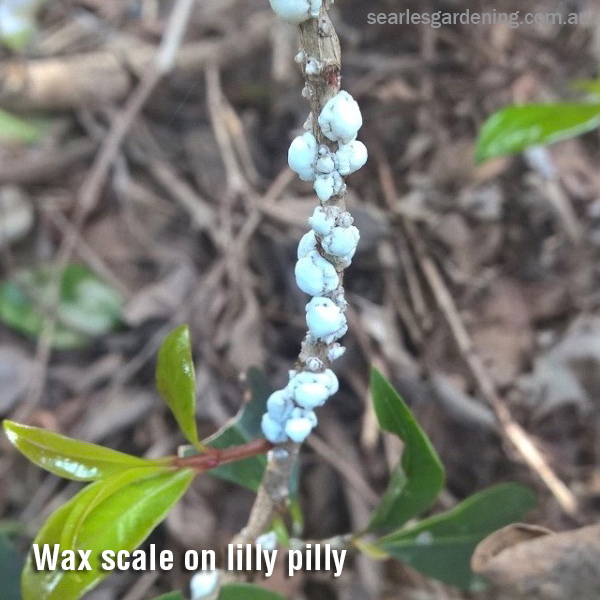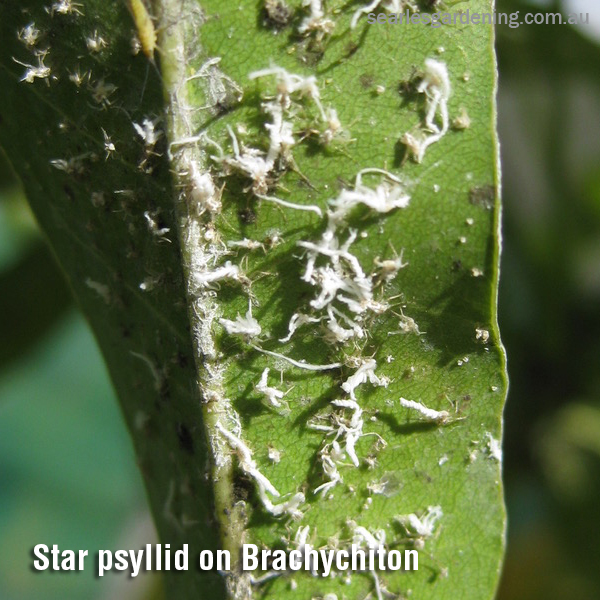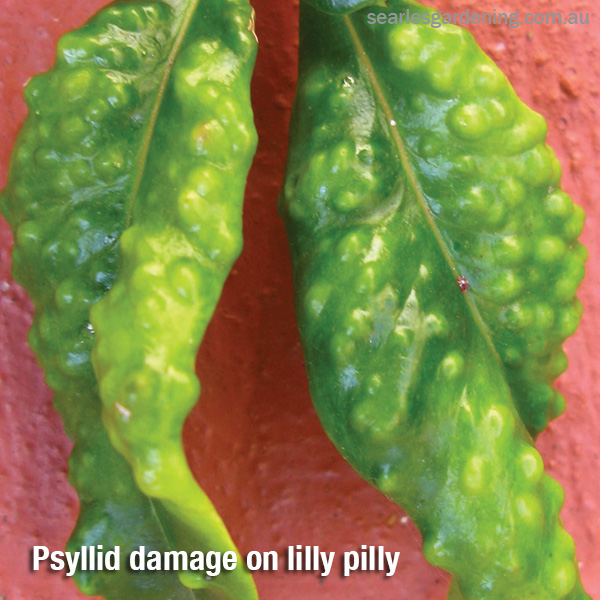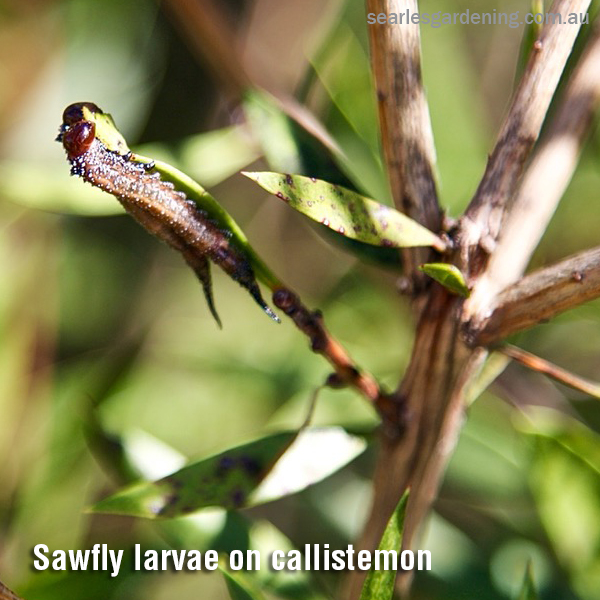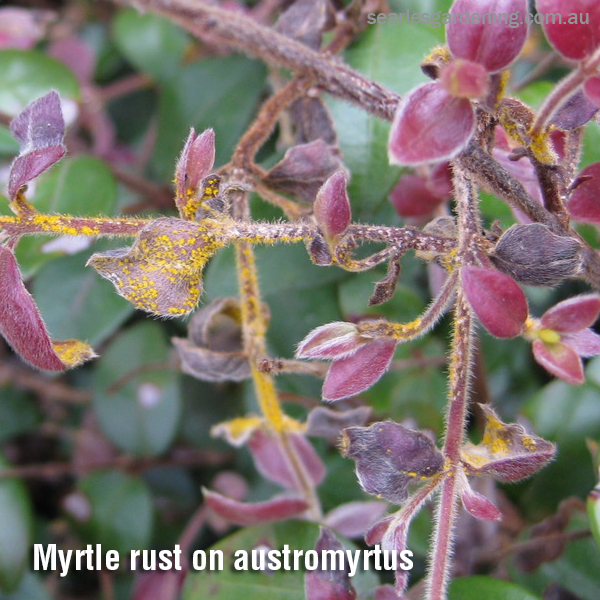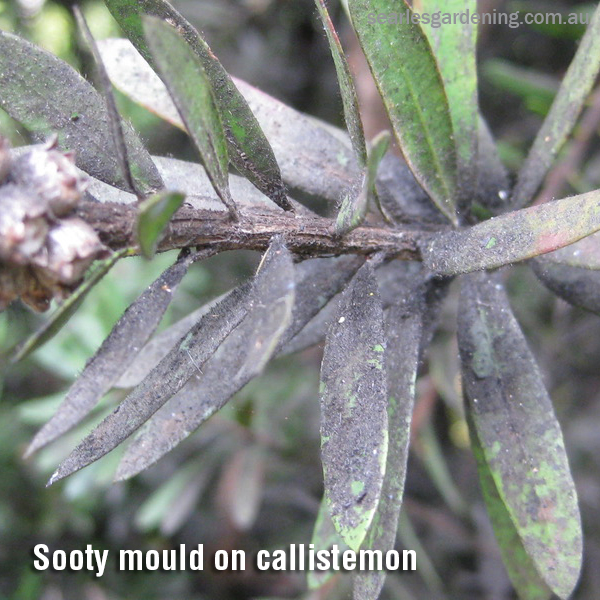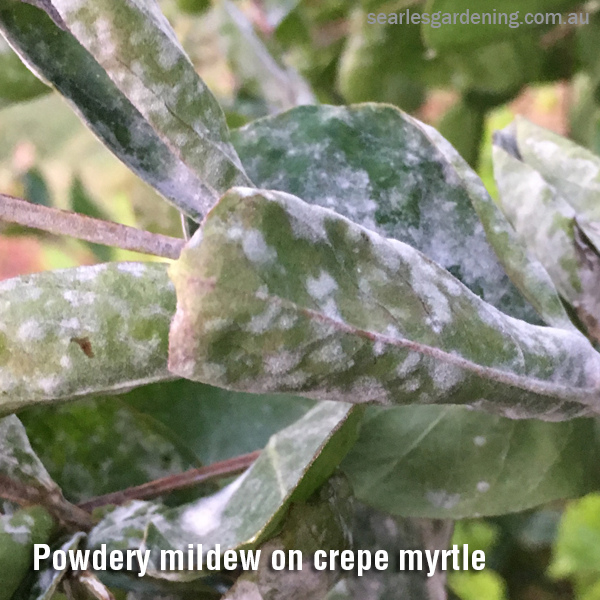AUSTRALIAN NATIVE PESTS & DISEASES
|
Many gardeners grow Australian native plants under the sometimes-mistaken impression that these plants are almost bulletproof, that is, once they’re established they don’t suffer from many pests and diseases. Fact is, many native plants are quite resistant to pests and diseases in regions to which they are endemic but can be troubled when grown in gardens far from these regions.
Keep an eye out for the following pests:
Scale - These little sap-suckers, usually protected by a hardcover or waxy shell, can reduce the vigour of a range of native plants, including bottlebrushes (Callistemon and Melaleuca), lilly pillys (Syzygium), emu bushes (Eremophila) and wax flowers (Philotheca). Young plants can be hit hard as their softer stems are an easy target for these nasties. Wax scales are quite easily spotted due to their whitish waxy covering, but hard scales can be more difficult to see on darker stems. In many cases, a dead giveaway is a steady stream of ants on trunks, stems and branches, as they act as bodyguards for the scale in return for a sugary exudate. In many cases mature plants can tolerate a fair population of scale, so only act if there are signs of distress, such as wilting or leaf drop.
Control – Searles White Oil, Ecofend (for organic solution) or Searles Conguard.
Psyllids – A classic symptom of psyllid attack are “pimples” on the leaves of lilly pillys (Syzygium) and eucalypts (Corymbia). Psyllids (and their nymphs – lerps) are sap-suckers, causing damage to the newer growth of susceptible species between early spring and mid-autumn. The Kurrajong star psyllid can badly affect the softer-leaved varieties of Brachychitons, such as B. discolour, B. populneus, B. bidwillii and their cultivars.
Control – Grow newer psyllid-resistant varieties. Affected foliage can be pruned and the plant sprayed with Searles Conguard. The best time for control is October to March.
Caterpillars – The larvae of many moths, butterflies, flies, wasps and beetles can be quite voracious, stripping growth from the branches of many native plants. Grevillea and Hakea can be heavily defoliated by the Grevillea Looper caterpillar, whilst the larvae of the Callistemon sawfly will skeletonise the leaves of bottlebrushes, sometimes almost denuding whole, young plants. Processionary caterpillars, the larvae of bag-shelter moths, usually feed on the foliage of wattles (Acacias). These hairy visitors can be very irritating to humans and pets, so keep clear and don’t touch!
Control – Searles Bug Beater, Trifend or David Gray Carbaryl.
A few diseases can also cause grief for native plants:
Myrtle Rust – An insidious disease arriving in Australia in 2010, rapidly setting about infecting a broad range of Aussie natives in the Myrtaceae family, including Syzygium, Callistemon, Melaleuca, Austromyrtus, Leptospermum, Agonis, and many other genera grown as ornamental garden plants. Symptoms include red and purple discolouration on leaves, with the fruiting bodies being quite distinct bright yellow pustules on the new growth, causing distortion, then death of the foliage.
Control – Avoid close planting, replace susceptible species with resistant varieties. Ask your local gardening expert for a registered control spray.
Sooty Mould – This disfiguring disease is usually a consequence of infestation by a sap-sucking insect such as scale, aphids or lerps. A black, powdery fungus, feeding off the sugar excretions of these pests, begins on softer growth and quickly spreads to older foliage, stems and trunks. A bad infection can reduce a plan’s ability to photosynthesise, reducing vigour.
Control – Reducing or removing the sap-sucking nasties will usually control the growth of this fungus. It may take months to fully disappear though.
Root rots – Many Australian native plants originate from regions dominated by sandy soils, which drain well after heavy rain. When gardeners plant these species into heavier soils such as clays and clay loams, their root zones remain quite wet for longer periods after heavy rain. A consequence of this poor drainage is root rot, usually caused by any one of many strains of Phytophthora fungi. Affected genera can be Grevillea, Hakea, Telopea (waratah), Banksia, Callistemon and Chamelaucium (Geraldton wax). Symptoms are usually general yellowing, unthriftiness, dying back, and wilting, usually leading to the eventual death of the plant.
Control – Improve drainage, raise garden beds, or choose other plants more tolerant of wet feet. Use Searles Root Rot spray as directed.
Remember that well-grown, healthy plants will be less susceptible to pest and disease attack. For many Australian natives, such as Grevilleas, Banksias, Lilly Pillys, Hakeas, Callistemons and Waratahs, fertilise as directed with Searles Native Food to promote strong, resilient growth.
Article author: Born and bred in Toowoomba, Mike Wells has turned a lifelong passion for plants and gardening into a career as a TAFE horticultural educator for the last 18 years. This passion for all things horticulture has also seen him contribute a widely-read weekly gardening article in the Toowoomba Chronicle since 2013.
|






